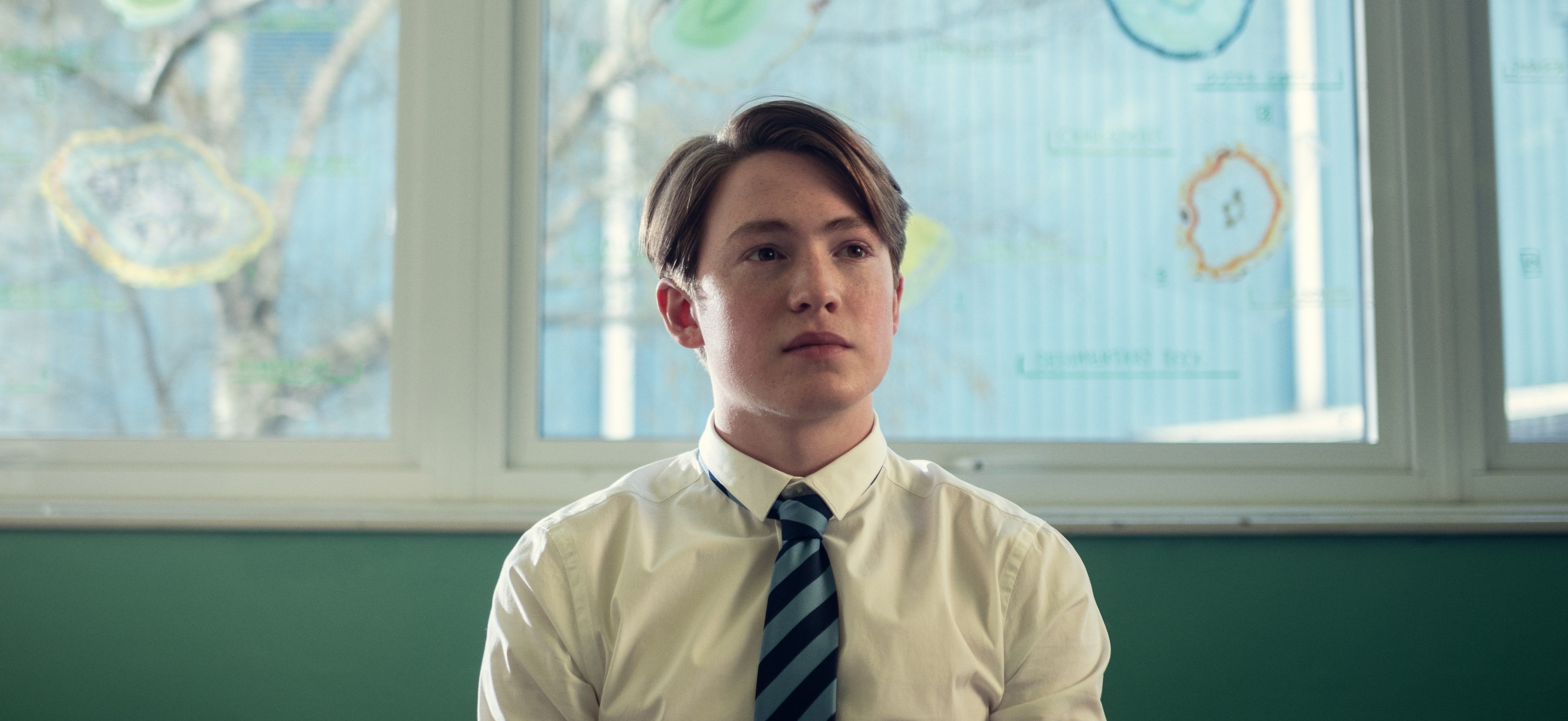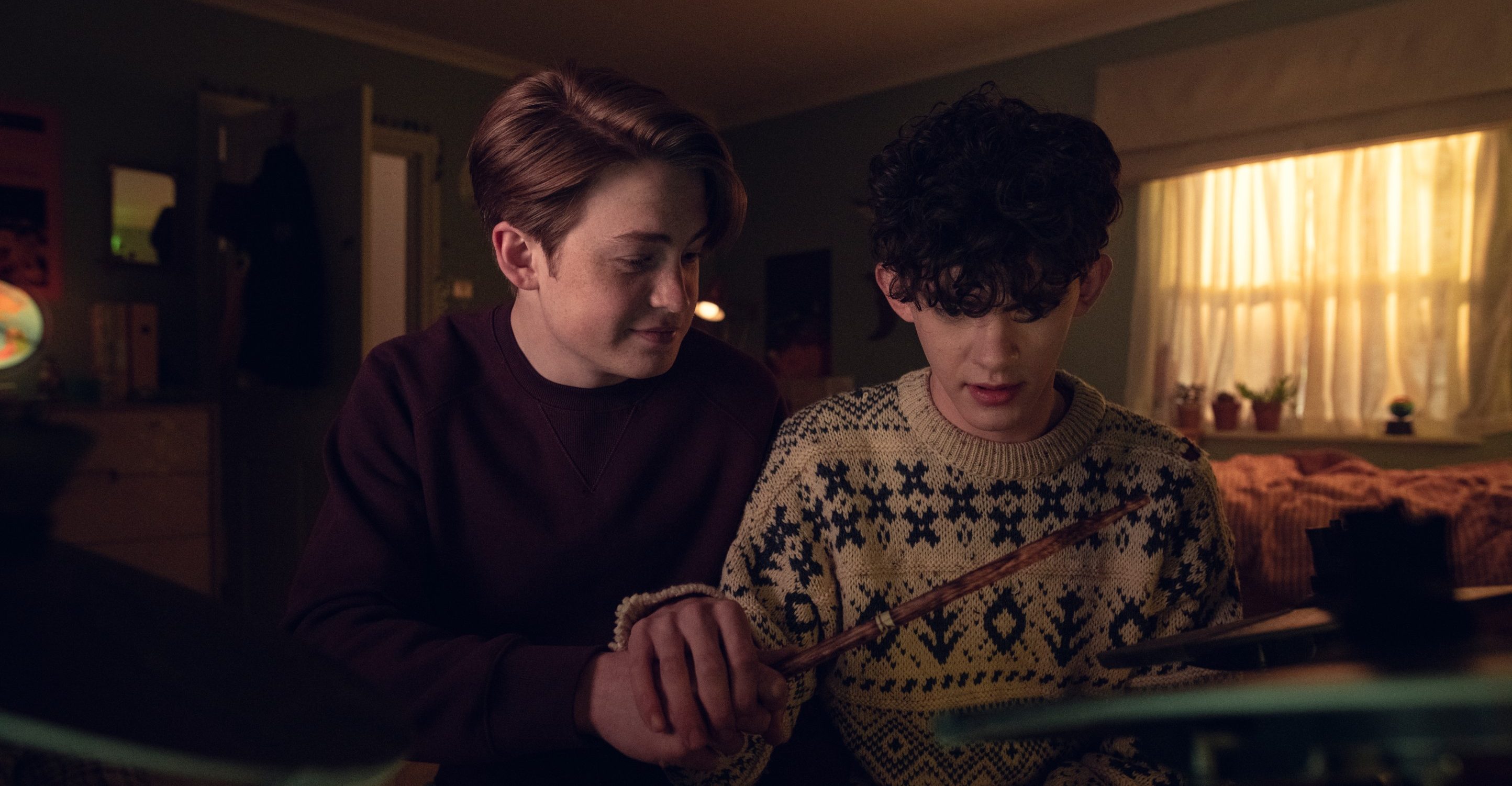Created by Alice Oseman, Netflix’s romantic series ‘Heartstopper’ depicts the heartening tale of Charlie Spring and Nick Nelson, who start to cherish an admirable relationship irrespective of the severe challenges they face. Charlie and Nick try their best to overcome the homophobia of their peers to build a meaningful life together.
The British show progresses through their efforts to get over the obstacles they encounter to strengthen their love for each other. With their pleasantness, the adorable characters succeed in conquering the viewers’ minds. Naturally, one must have considered the possibility of them having real-life counterparts. Let’s find out!
Are Charlie and Nick Based on Real People?
Charlie and Nick are partially based on real people. Creator Alice Oseman was inspired by her own school life to create the characters of the novel, including the two protagonists. For Charlie and Nick, the author also consulted numerous queer men to conceive specific aspects of the characters’ features. She also made use of other sources like books, articles, documentaries, online videos, etc. to authentically characterize her protagonists. The immense research resulted in the creation of the admirable Charlie and Nick. Even though there aren’t two exact real-life counterparts for Charlie and Nick, the real-life experiences of several individuals, combined with fiction, were integral to the formation of the characters.

Charlie and Nick are originally conceived by Oseman for her novel ‘Solitaire.’ “They [Charlie and Nick] weren’t main characters [in ‘Solitaire’], but in the book they’re in a very supportive and loving relationship, and when I finished the book I just couldn’t stop thinking, ‘What’s the back story of Nick and Charlie?’ So I knew I wanted to tell it somehow,” Oseman told Gay Times. The author expanded their story to a webcomic titled ‘Heartstopper,’ which was later published as the eponymous graphic novel.
While conceiving and depicting Charlie and Nick’s lives, Oseman made sure that they are relatable enough for the LGBTQIA+ community. The emotional conflicts Nick face while questioning and figuring out his sexuality is one such relatable plot device. According to the author, Nick’s attempts to figure out the same by “googling” his feelings is “an experience so many queer people can relate to.” Through Nick, Oseman also wanted to tell the tale of a bisexual male, which isn’t frequently depicted in films or TV shows. The character enabled the writer and creator to portray a distinct and affecting queer experience efficiently.
Charlie, on the other hand, is a quintessential openly gay teen. He suffers unbearable bullying from his schoolmates, which affects his confidence and self-belief. The horrifying recollections of the bullying episodes and the homophobic remarks he has to endure become challenging obstacles in his life. In reality, several LGBTQIA+ students studying in English schools had or have to suffer from bullying upon getting targeted due to one’s sexual orientation.

While creating Charlie, Oseman made sure that the character represents queer teens who go through similar unfavorable experiences. The optimistic turn of events that happen in Charlie’s life must be empowering for them. As far as LGBTQIA+ TV shows are concerned, Charlie and Nick are two highly relatable and relevant characters. Through them, Oseman succeeds in offering two highly realistic queer characters that steal our hearts and souls.


You must be logged in to post a comment.